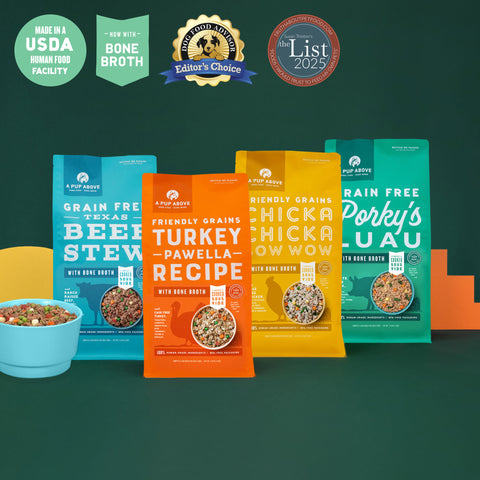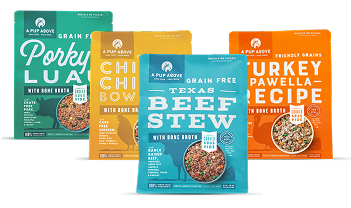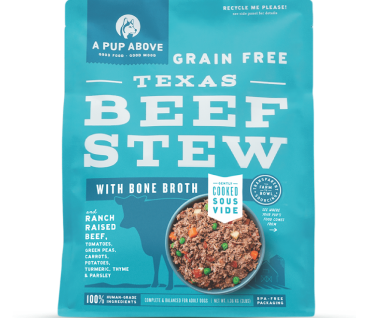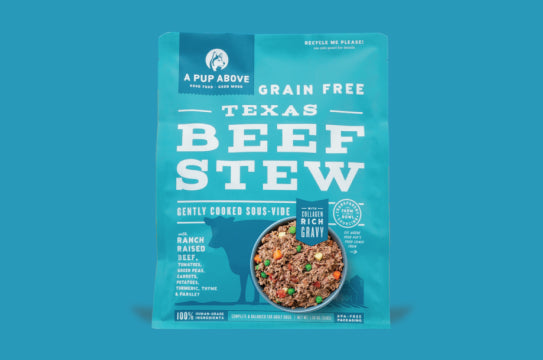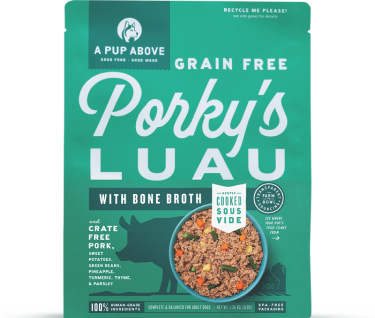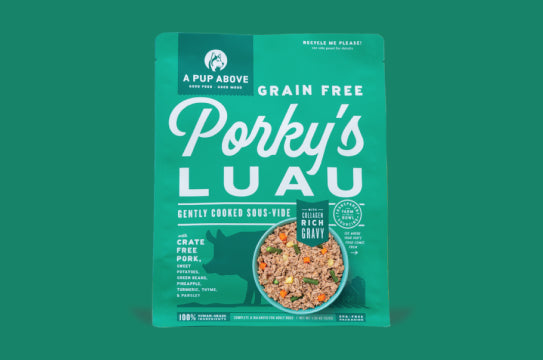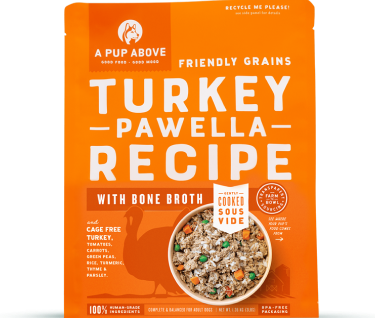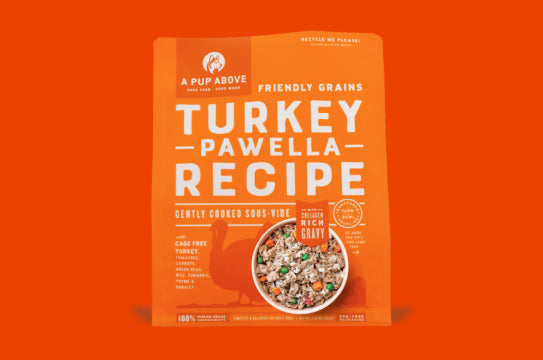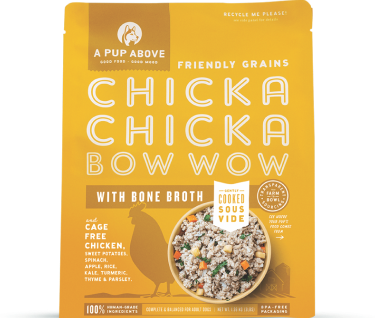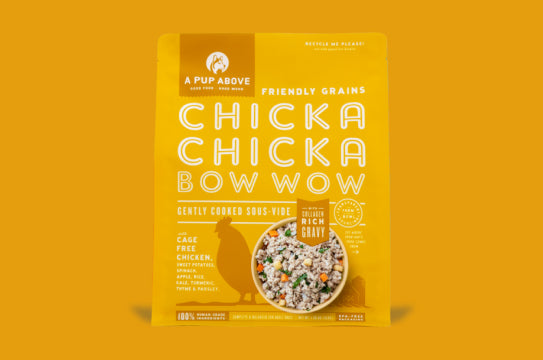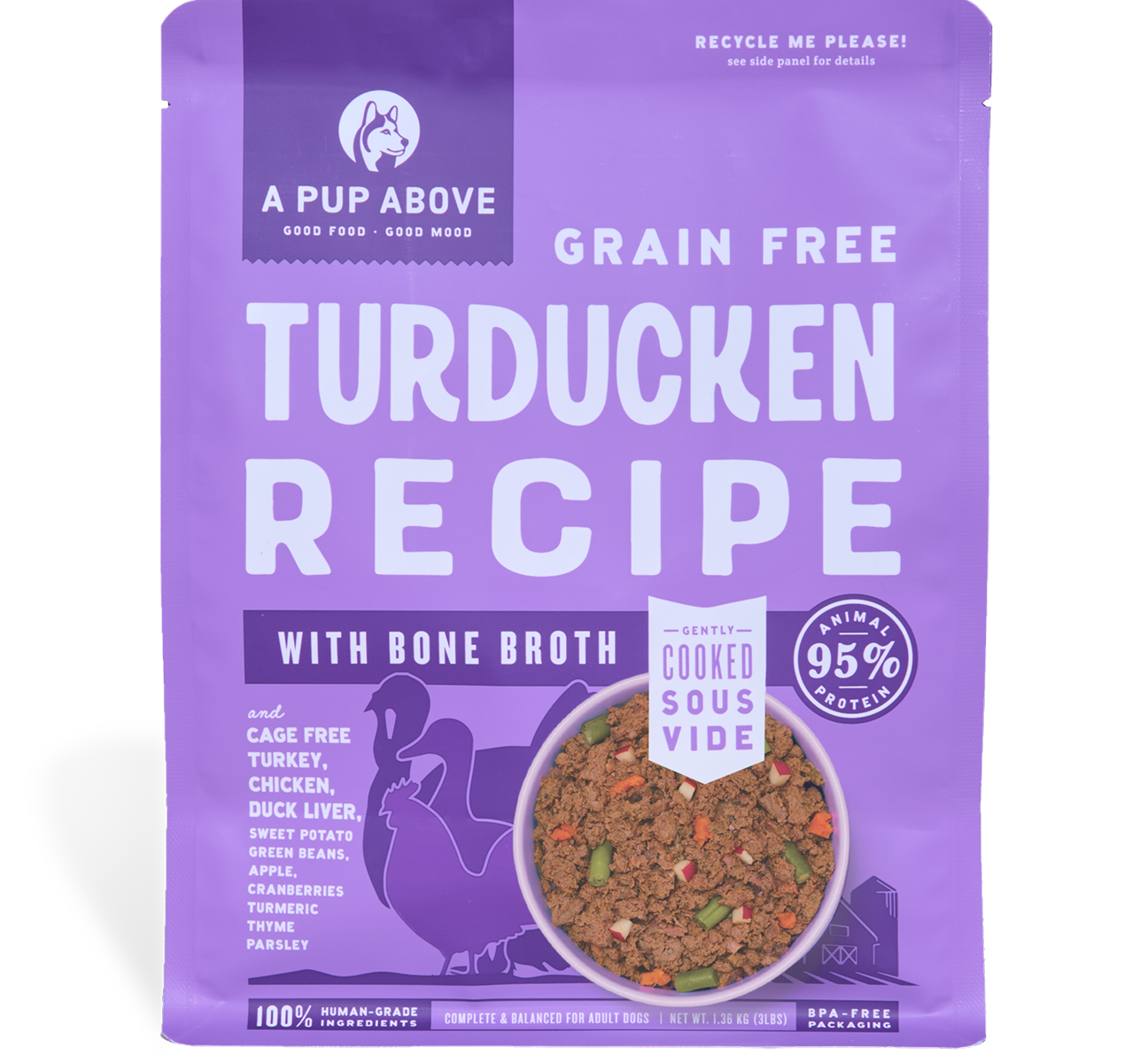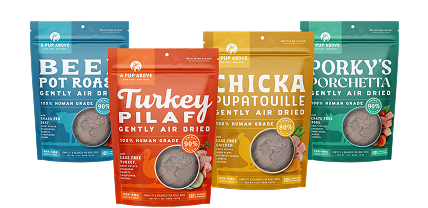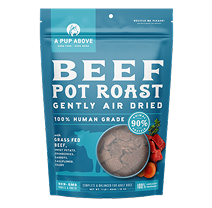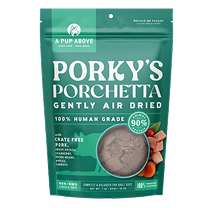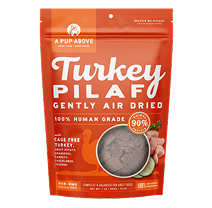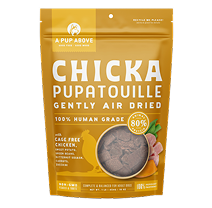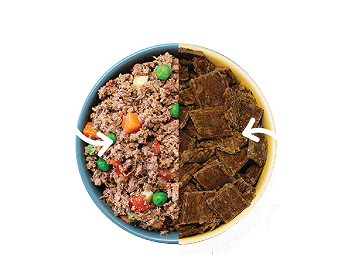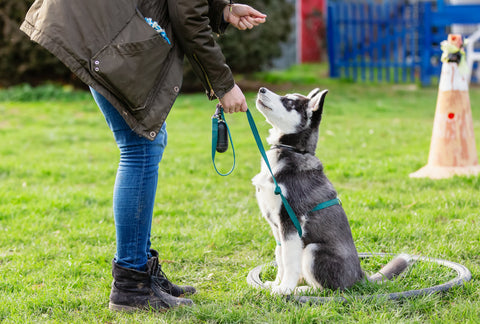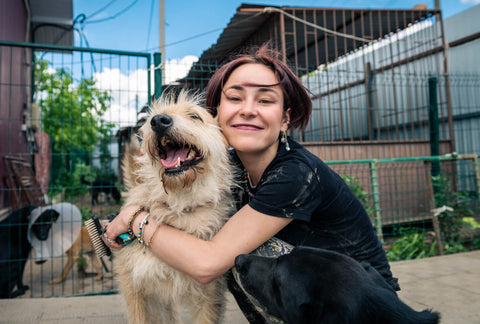
Feeding an older dog: the best foods for senior pets
Table of Contents
- Should I choose a senior formula when feeding an older dog?
- How old is your dog, really?
- What signs of age are you seeing?
- Should I choose a grain-free formula for feeding an older dog?
- My dog has eaten dry food for years — should we really switch to wet food?
- What about supplements for senior dogs?
If your best friend is getting on in years, you may wonder about the best way of feeding an older dog to keep them healthy and happy. “What is the best food for a senior dog,” is a question veterinarians hear often.
The short answer is this: If you want your dog to live as long as they possibly can, the key is to ensure they maintain a healthy weight. New research has shown that overweight dogs can expect a lifespan of up to 2.5 years less on average than healthy weight dogs.
Should I choose a senior formula when feeding an older dog?
There are many formulas on the market that claim to be the healthiest senior dog foods, boasting everything from keeping your dog’s weight in check to making them mentally sharper, like their younger selves.
But for the most part, these senior formulas with supplements from enhanced oils to glucosamine cost more and aren’t worth it. If your older dog is healthy and their diet is balanced with whole foods, there’s no reason to start feeding an older dog a senior formula just because of their chronological age.
What you want for any dog is a food with meat-based protein and low carbohydrates. An older dog’s diet requires even fewer calories than a young pup, which might mean adjusting quantities fed more than switching dog foods.
But just like anything else, finding the best foods for your older dog is less about marketing claims and more about health and nutrition. Here are a few things to consider before you bust out the senior dog food formulas.
How old is your dog, really?
If you ask a person on the street how many years dogs age in a human year, they’ll say seven. But in reality, the way dogs age varies according to the size a breed reaches when fully grown. So, when your dog becomes “senior” really depends on the dog.
Your dog’s lifespan depends on size, too. Smaller dogs can live more than 15 or 16 years. Medium-sized breeds can expect 10 to 13 years. The giant breeds may only live 7 to 8 years. That means a big boy may be an old man at age 6, while a little lady won’t really be senior until age 10.
Rather than thinking of your dog as a senior citizen just based on age, and finding the healthiest seniors-only dog food, look for physical changes that a change in diet might help offset.
What signs of age are you seeing?
As dogs age, they go through predictable changes. No matter how many years old or young your dog may be, look at their overall behavior, mood, and health to determine what the best dog food is for a senior dog is.
Weight. One of the most important signals to watch is changes in weight. Age can increase fat mass and decrease lean muscle mass. Weight gain can also come from lower metabolism. To keep an older dog healthy, choose a diet that helps your dog stay lean.
Protein is essential to both maintaining lean mass and a healthy immune system. Senior formulas often purport to help your dog feel “full” longer with fewer calories — but these foods often contain less meat-based protein and way more carbs than you think. Choose a meat-forward, minimally processed food like A Pup Above for optimal protein without extra carbs.
Energy. Dogs may become less active as the birthdays roll by, especially if they have mobility challenges. Note that senior dog food formulas may claim to add glucosamine for joint health — but this just increases the cost for you, while not adding enough glucosamine to actually help your dog’s joints. If your dog is showing signs of joint pain, discuss it with your vet.
If your dog is slowing down, you can help by engaging your canine companion with exercise to maintain metabolism, and ensuring that they eat a low-carb, high protein diet. A Pup Above is a good low-carb, high protein choice.
Coat. Sometimes, dogs will show a rather distinguished greying muzzle with age. More concerning is a thinner, less shiny coat. Age can result in less effective digestion and lower ability to absorb nutrients.
Watch for patchy hair loss or excessive dandruff, as this can be a sign of nutrient deficit, and may call for a food that is easier to digest. Feeding an older dog a meat-forward food like A Pup Above is minimally processed, easy on an aging dog’s stomach, and more bioavailable — which means your dog absorbs more nutrients from the whole foods.
Appetite. As dogs age, some develop sensitive teeth and gums, or go through shifts in mental sharpness, smell, taste, vision, and hearing. The world may not seem as vibrant to your older dog, which may show up in the form of a reduced appetite.
If your dog is less excited about food, or isn’t eating, a change in diet may help. Wet foods are softer, more fragrant, and more delicious for many finicky dogs. A fresh, flavorful food like A Pup Above may be a tender and easy-to-chew treat that also smells yummy to your older dog.
Should I choose a grain-free formula for feeding an older dog?
Again, choosing the best foods for older dogs involves thinking through the nutritional benefits of the recipe. The key is to choose a low-carb food that offers the majority of the proteins from meat.
While your dog needs some carbohydrates for energy, too many carbs can reduce energy, cause obesity, and grow the wrong bacteria in the gut further reducing an older dog’s ability to digest nutrients.
A grain-free dry food may be much higher in carbs than you think, because grains may be replaced with other high carb ingredients. High carbs are not the healthiest senior dog food option.
Protein from meat gives your dog the taurine their body needs, which isn’t found in plant-based proteins. That said, a meat-forward food may include plant ingredients. The best foods for older dogs are brands like A Pup Above, which offers both grain-free and grain-friendly recipes that deliver optimal protein and are low in carbs.
My dog has eaten dry food for years — should we really switch to wet food?
You may want to seriously consider changing away from kibble as your dog ages. Dry dog foods are highly processed and loaded with carbs. This makes them less healthy for any dog, but even more so when feeding an older dog that may be slowing down and needs fewer calories. Also, processed foods are hard on a dog’s digestion. For an old dog, it can be worse.
Kibble may be less appetizing or comfortable for your dog to eat as they age. Reduced sense of smell or taste, and increased teeth sensitivity can make a soft, fresh food more appealing on several levels.
It’s also important to understand what a big deal smell is for your dog. You use your eyes most, but dogs understand the world through smell. When a dog ages and starts to lose that sense, they also tend to lose their appetite. A Pup Above sous-vide cooking brings out the scents of fresh food, making it one of the healthiest senior dog food options.
If you do decide to start feeding an older dog a new diet, be sure to take it slow and easy. Transitioning step-by-step will give your dog’s digestive system plenty of time to adjust.
What about supplements for senior dogs?
There are supplements that may be helpful for conditions your older dog may face. For example, taurine may be helpful for dogs with heart problems, glucosamine can help with joint pain, and nutrient supplements could help your dog’s coat. The key is to talk to your veterinarian.
Remember, dog food companies love to attract your attention with the idea of supplements already incorporated into senior dog food formulas. But by and large, the quantities included are not sufficient to actually benefit your dog’s health condition.
There’s no use in paying for supplements that do not benefit your older dog’s diet, either incorporated within a dog food formula, or separately. Never give your dog supplements without the guidance of your veterinarian.
Top Stories

Why Do Dogs Lick Their Paws?

Why Do Dogs Whimper & Make Noises in Their Sleep?

Healthy Vet-Approved Homemade Dog Food Recipes
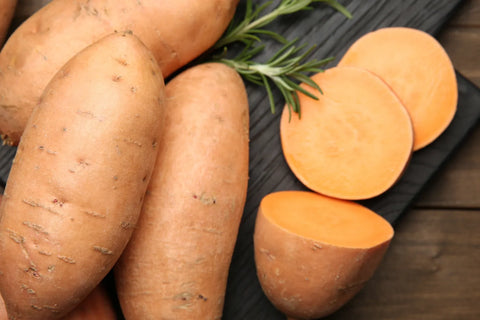
How To Cook Sweet Potatoes for Dogs
